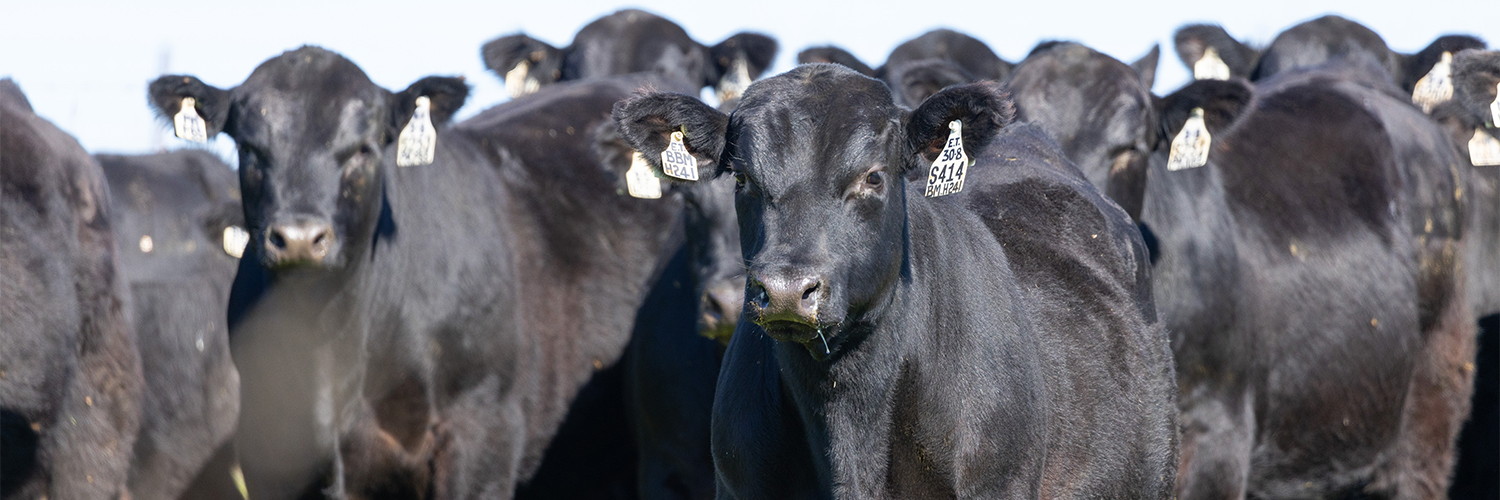Info
Understanding birth weight EBV’s
Producers constantly strive to optimise on-farm production through data-informed decisions which can significantly improve their bottom line. The Angus breed offers extensive genetic and phenotypic data to facilitate this decision-making process. By understanding EBV concepts, producers can confidently make management decisions that align with their enterprise objectives.
Selecting the right bull for your cows is crucial. Ideally it should have low birth weight, fast growth, good carcase and sound structure. It’s essential to consider the correlation between birth weight and growth rate when selecting a bull that aligns with your objectives to ensure live calves and optimise productivity. Generally, lighter calves have lower survivability and growth rates, while heavier calves have higher survivability and growth rates.
It can be difficult to achieve the perfect balance between birth weight and longer-term growth rate. How heavy is too heavy? And how light is too light? Research has shown that in Angus cattle the heritability of birth weight from sire to the progeny is estimated at approximately 34% (Ahlberg, 2016). With the remaining 66% therefore influenced by environmental and physical factors. These factors include.
• Understanding the stages of foetal growth
• Adequate growth of heifers throughout pregnancy
• Body condition score of females pre calving (not over fat, well exercised)
• Well maintained nutrition and up to date animal health programs
• Management and monitoring during calving period
• Female herd management
• Good pelvic size and shape
• A nice adequate maturity pattern
• Shoulder angularity (ideally 45 degrees)
• Good neck extension and long bodied
• Classing out of females that need calving assistance
Genetic Differences and Their Impact on the Angus Breed
Birth weight Estimated Breeding Values (EBVs) represent the genetic differences that influence calf weight at birth. These values are derived from the weight of animals at birth and/or genomic information and are expressed in kilograms. In 2022, the average birth weight for the Angus breed is +4.1, while the average birth weight at Gilmandyke is +4.4. Based on the average raw birth weights recorded from every calf at Gilmandyke (630 calves) over the past two years, the actual birth weight corresponding to that EBV is 37kg.
This birth weight has contributed to the preservation of desirable breed characteristics, including sound, functional, maternal cows that exhibit easy calving, robust growth and good carcase quality. In order to maintain these average breed qualities, the ideal “heifer bull” birth weight EBV should range from +3 to +5. This range offers safe options without compromising growth rates or lowering survivability rates, as long as early gestation length has also been considered.

Figure 1 demonstrates the marginal influence that an EBV can have on progeny outcomes and how this relates to determining differences in actual birth weight. By understanding the significance of birth weight EBVs, breeders can make informed decisions to optimise their herds’ genetic potential and maintain the Angus breed’s exceptional qualities.
